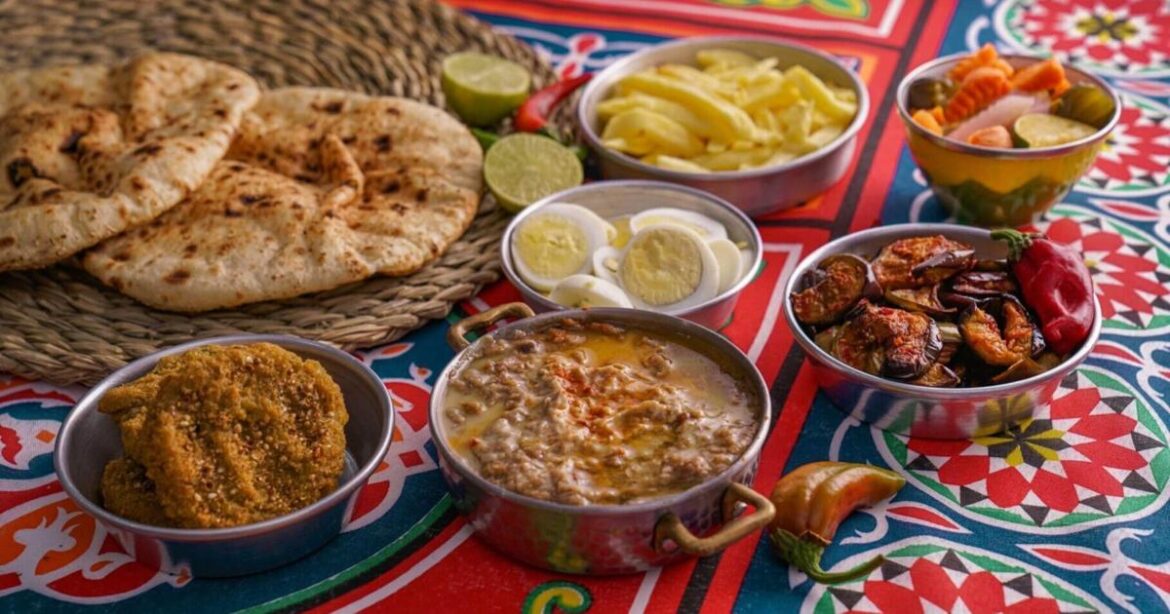The nation of Jordan is currently spearheading a tourism revival in the Middle East. The kingdom has united a group of countries from the same region that have experienced rebounding growth. Alongside several other Arab nations, including Saudi Arabia, Turkey, and Egypt, Jordan has seen a surge in demand from the global tourism sector this year.
The surge in the Middle East and North Africa (MENA) region has seen what Travel and Tour World calls a “remarkable regional travel renaissance,” primarily driven by demand from tourists from Asia, Europe, and the US.
Conflicts Making a Dent
Of course, in light of the ongoing conflicts between Israel and its neighboring states, this growth took a hit in recent months. The World Bank recently reported that the October 7, 2023, attacks in Israel and their aftermath have dented this prosperity. The review states how this doubt has “slowed what could have been an even stronger path to recovery for the tourism sector” in the MENA region.
Nonetheless, Jordan’s reported 11.9% increase in tourism revenue for the first half of 2025 is still remarkable. However, it pales in comparison to Egypt, Jordan’s neighbor in North Africa.
Egypt’s Remarkable Rise
This ancient country, with its array of UNESCO World Heritage sites, saw a notable 24% increase in tourist footfall in the first half of 2025. For illustration of these numbers, Egyptian Prime Minister Mostafa Madboly targets a staggering 18 million arrivals by the end of the year, according to a report from Business Today Egypt.
If anything, the Arabic world needs to be experienced for its food, and there is no better place to begin than Egypt. Most food lovers will rave about their favorite recipes for falafel, baba ganoush, or hummus, but it’s on the streets of Egypt’s urban areas where true Egyptian cuisine truly shines.
Regional Egyptian Recipes
Some of the country’s most loved regional recipes include:
Koshari, a lentil, rice, and pasta-based dish mixed with garbanzo beans, fried onions, and roasted tomato sauce. This dish is common, affordable, and mostly consumed in koshariya restaurants, which are renowned for serving this national treasure. Ful medames, a slow-cooked fava bean stew seasoned with cumin and lemon, is often served with tahini or accompanied by an egg. It is common to see local cab drivers or construction workers enjoying a bowl of ful medames and baladi bread for breakfast.Mahshi, which is zucchini, peppers, cabbage leaves, and vine leaves stuffed with spiced short-grain rice and cooked in broth. Such fare is common at family celebrations and events.A Domestic Egyptian Food Tour
For those unable to travel to Egypt, there are numerous Egyptian restaurants scattered across the United States. Moreover, online cooking enthusiasts can sample a wide range of recipes to try at home. Recipes, such as this Egyptian eggplant casserole with ground beef marinara sauce, can give anyone a taste of this North African food giant.
Egyptian recipes are just some examples of the incredible Arabic food map, which spans from Morocco in North Africa to Somalia, Yemen, and Oman on the Arabian Peninsula, as well as the Indian Ocean. The region boasts a diverse array of climates, terrains, and cultural influences that contribute to its unique culinary character, resulting in a menu that appeals to a wide range of tastes.
Middle Eastern Regional Favorites
Lebanon and Syria are renowned for their breads, puddings, and pastries; Turkey for its depth of flavors and diversity of dishes. Iran (currently off-limits to most tourists) is famed for its fragrant rice dishes. Put simply, the region’s storied culinary history and diverse ingredients make it a formidable culinary destination.
Therefore, it may come as a surprise to some that the United States has never fully embraced Middle Eastern dishes as it perhaps should. A 2023 study from Grand Canyon University (GCU) found that no Middle Eastern cuisine made the top 11 list of favorite ethnic foods (including traditional American) in the country.
America’s Changing Food Habits
Using data from “50 of the most populous metropolitan statistical areas (MSAs),” the review examined the best-reviewed eateries per capita, based on restaurant ethnicity. There is little surprise that Mexican restaurants dominated the five-star reviews chart with wins in 44 of the 50 metro areas.
Sadly, the only cuisine resembling Middle Eastern food was Greek food, which had one of the lowest scores on the chart. There were no Lebanese, Syrian, or Turkish restaurants in the report, although there were Japanese, Thai, and Vietnamese options.
However, this trend is likely to change as Generation Z food lovers mature and increase their spending power. The youngest money-earning generation has completely different food habits from their Gen-Xer and baby boomer forebears. Industry trends platform Toast has been examining Gen-Z eating trends in recent times.
Generation Z Demands Authentic Experiences
Its 2025 report found that the cohort between 12 and 28 years of age has many influences dictating their food preferences. In addition to nutrition, convenience, and social media influencing dining choices, many youngsters are more adventurous than their older counterparts. They favor food experiences, including more “authentic global cuisine.”
There is good news for those who want to try dishes from the region. Halal Times’ recent guide to halal-friendly American cities, featuring the country’s top halal restaurants. Every major city now boasts several excellent restaurants from diverse Middle Eastern and North African origins.
The Middle Eastern US Food Map
You don’t need to visit the MENA now to sample its best dishes. Major hubs like New York, San Francisco, and Miami all offer something akin to an authentic Middle Eastern dining experience.
Nonetheless, making a foodie pilgrimage to the Middle East might yet prove irresistible to some. Those brave enough to become part of the region’s new tourist boom will find some of the world’s greatest food cultures. Maybe we will yet see Middle Eastern food become one of America’s staples in the future.

